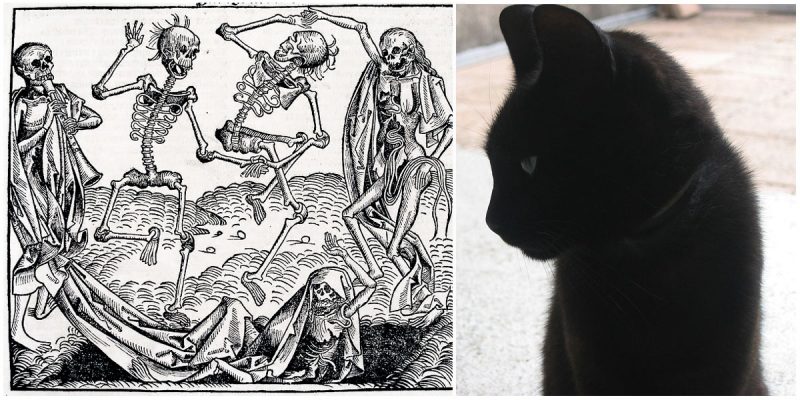The Black Death, one of the most devastating pandemics in human history, spread across Europe between 1346 and 1353. It is widely believed that the plague was caused by the bacterium Yersinia pestis.
This bacterium is commonly present in populations of fleas carried by rodents. It spread through the Mediterranean and Europe from Central Asia when sailors reached Crimea in 1343. At that time, black rats were regular passengers on merchant ships and it was most likely that they carried infected fleas back to Europe.
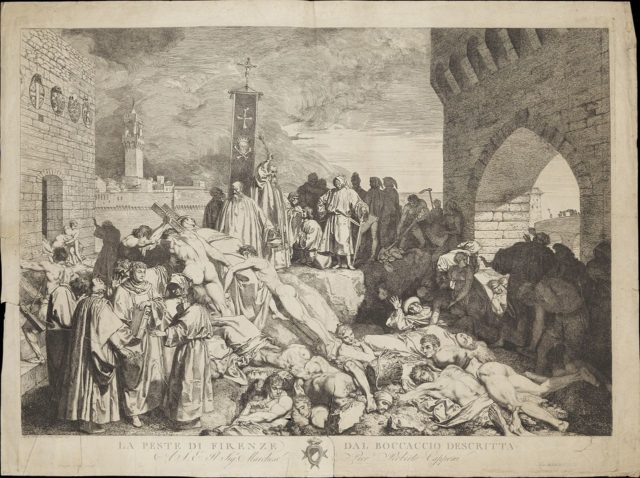
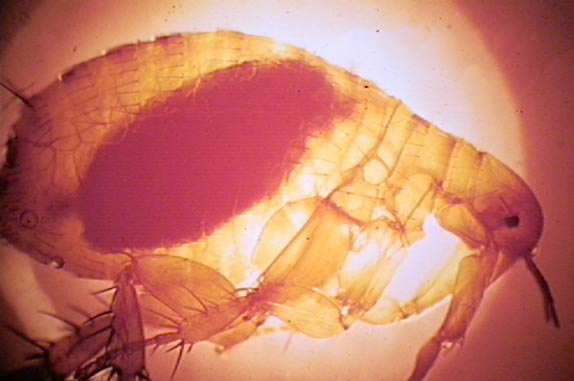
Many contemporary writers called this plague the “Great Mortality” or the “Great Plague”. The term“Black Death” was coined in 1350 by Belgian astronomer Simon de Covino.
He used the phrase in his poem “On the Judgement of the Sun at a Feast of Saturn”. It became a recognized name for the plague in the 14th century when the epidemic spread into Scandinavia but was not in common usage in England until centuries later in 1823.
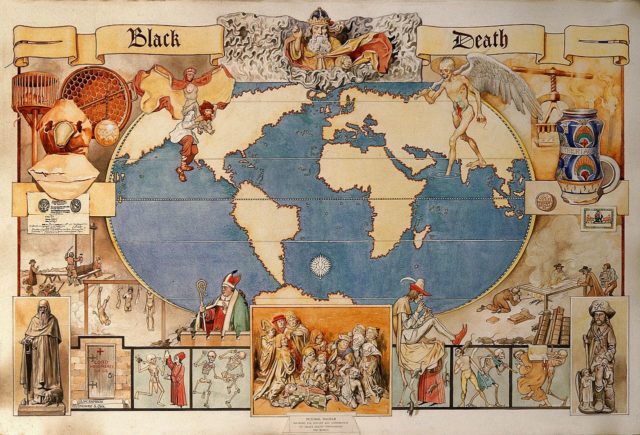
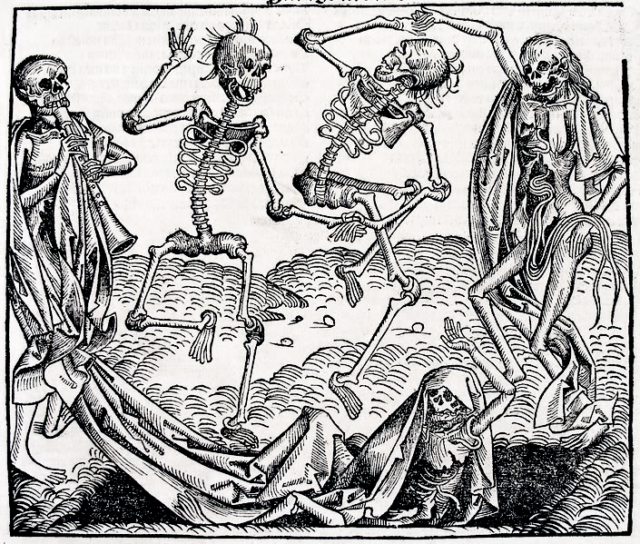
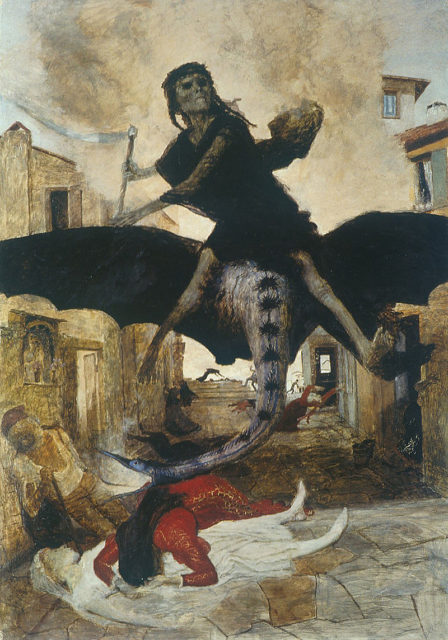
In the 1300s, doctors had almost no knowledge about the causes of plague. As a result, there were countless superstitions about plague. Some Europeans blamed various groups as Jews, beggars, lepers, and friars, while others blamed animals. The best-known superstition was about the bad luck of cats and their association with the devil.
Many cats were killed as a result of this superstition, which exacerbated the problem of the plague. Without cats to act as their predators, little kept the rat population in check. People in Europe continued to kill cats for another 300 years and remained vulnerable to the plague when it swept through Europe again in the 1600s.
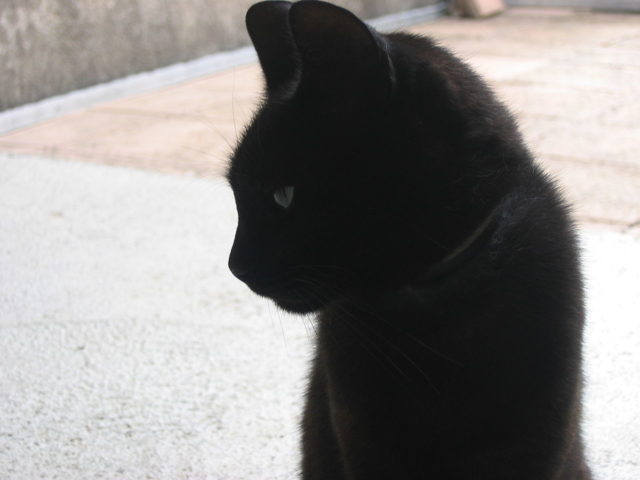
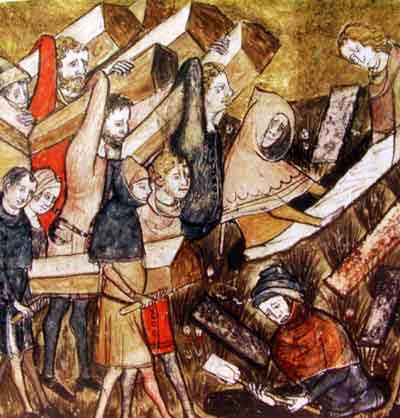
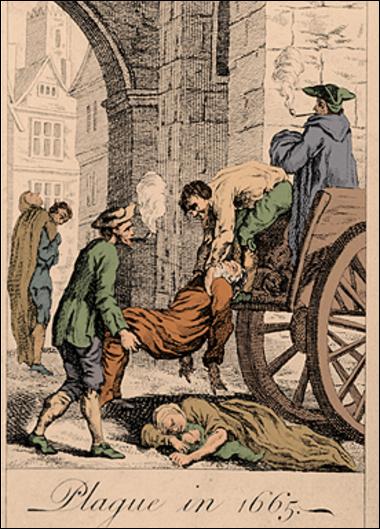
The disease almost disappeared during winter because fleas are mostly dormant in that period. Every spring, it had a resurgence and claimed new victims. The Black Death had a severe effect on European society which led to significant social and cultural changes.
In the 1400s, the plague wiped out about 1, 000 villages in England alone and the population was perhaps half what it had been a hundred years earlier. It is estimated that 25 million people died from the plague during the Black Death, which was one-third of Europe’s people.
